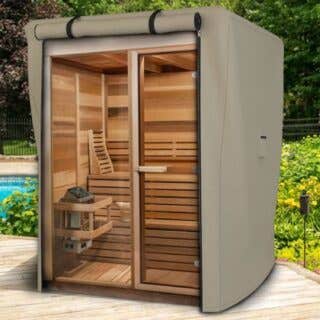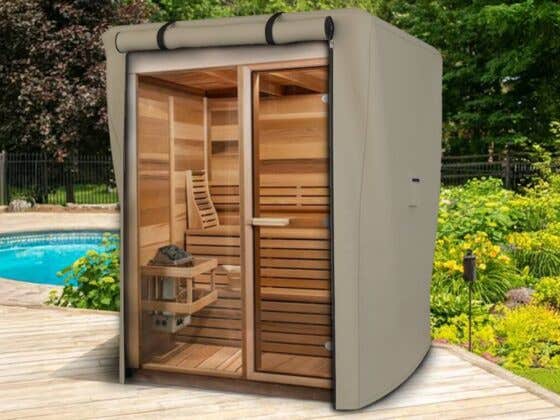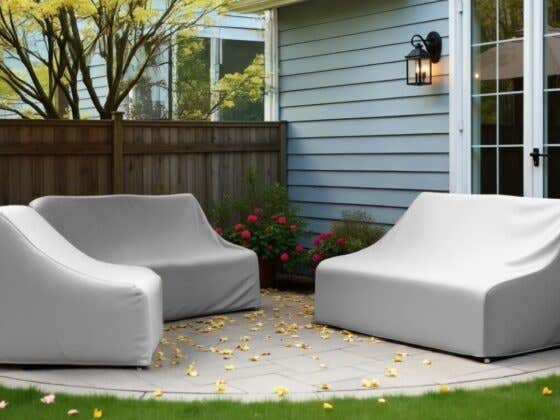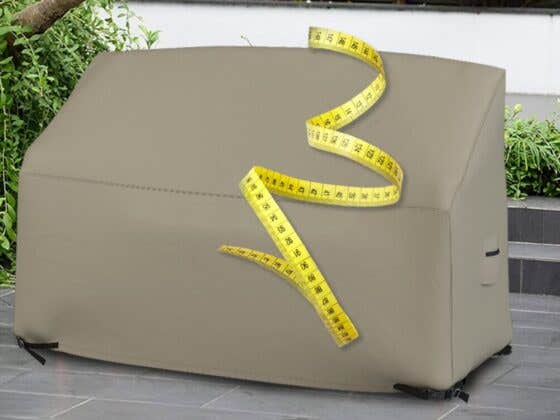For a good green thumb, Winter is the time to plan and assess the challenges you ran into last growing season, and get a good head start on the blooming season. Whether you’re a seasoned green thumb or new to gardening, here’s ten simple ways to prepare your garden for a beautiful bloom next Spring.
Clean Up!

Once the growing season is done, harvest and store all your veggies before the frost strikes. Take the time to rake and remove any unwanted debris from the garden. Remove dead plants and weeds, trim any deciduous grasses and herbaceous perennials, and use a custom tarp to transport your waste to the trash.
After you’re done scooping out the rot, prep your soil by laying down a few centimeters deep layer of organic matter, such as manure, compost or recycled green waste. Use fresh compost to make sure unwanted slugs, bugs, and other creatures don’t leech the life out of your soil.
Season the Soil for Spring
After each harvest, the soil is drained of its nutrients. A thoughtful choice in compost can make or break your harvest. So, before you replenish your soil with fertilizer, take the time to evaluate your soil.
First, perform a soil test to check for nutrients and determine your soil’s pH levels. Then, select the proper compost or manure to nourish depleted nutrients. The right compost will improve soil texture, moisture retention ability, and provide the right minerals for your plants in the spring.
Mulching is Essential

Once the soil is enriched, add a thick layer of mulch to provide a protective cover against freezing and thawing in the cold. Mulching regulates soil temperatures and moisture, and buffers the plant’s roots against hard frosts, prolonging plant life. When adding mulch, make sure it’s the proper distance from the roots, not too close or too far away. Remember not to put it off: a late mulch will invite weeds to sprout in your freshly composted soil.
Cover Up the Garden Beds
After nourishing your soil with manure and mulch, you can protect your new seeds with cover crops. Cover crops, such as winter rye, stay fertile until the blooming season. Once planted, they provide protection to your growing garden from snowstorms, pests and other threats. If you aren’t planting during the winter, simply cover your garden bed with a custom tarp to protect the soil until it’s ready to be sowed again.
Get Trees and Shrubs Ready for Winter
No garden is complete without blooming trees and shrubs during Spring. Here’s some steps for keeping your trees and shrubs healthy through the cold:
- Even if they’re a little overgrown, wait to prune your trees until spring. Pruning removes tissue to facilitate plant growth, but any potential growth will be stunted by the inclement weather.
- Cover small trees and shrubs with custom covers to shield them from heavy snow. Alternatively, you may shade your trees with a custom tarp. To do this, place the tarp over the tree, then stake it down in the ground.
- Bundle up your trunks with pest-proof tree wraps. By wrapping the lower trunk of your trees, you can prevent winter injury caused by premature thawing.
Wipe out Weeds

Save your garden from the pesky weeds by clearing out the landscape giving ample space and nutrients for the new plants to thrive. Weeding your garden early is an essential step to recharge, reflect & renew your garden. Weeds provide shelter to pesky insects and plant diseases through the winter, so pluck them out before they develop mature roots.
For best results, weed your soil by plucking the weeds out by hand. This is easiest when your soil is moist, allowing the roots to slide out smoothly. Once you are done weeding, make sure to reseed the bare areas to prevent an unwanted regrowth for these garden pests.
Seed the Lawn
By the time the soil is warm enough to plant seeds outdoors, you’ve already missed some growing time. You can use seed flats to get a head start on a lush green garden in the spring, even when it’s snowing outside.
First, select seeds that grow best in your region. If you’re unsure, use this Grow Zone map to help your selection. Once you have your seeds, add soil to your seed flats and place them near a well lit window. Then, plant your seedlings in the flats through the winter. When spring rolls around, transfer the seedlings into the ground.
Build Cold Frames

A cold frame is a simple, low wooden structure with a glass or clear plastic on top. Cold frames are used to cover seedlings and raised beds, protecting them from snow showers.
Cold frames also insulate the air underneath, warming the soil by approximately 5-10 degrees. A quality cold frame provides your seedlings with spring conditions, even through the cold winter snow.
Create Hotbeds
If you really want to get a head start on your summer veggies, transform your cold frame into a hotbed. Hotbeds add additional heat to the frame’s insulation, warming up the soil more than a cold frame alone. You can warm a hotbed in a variety of ways, such as manure-heating techniques or investing in heating lamps.
Some Final Winter Prep Tips

- Empty all outdoor containers and store them upside down to keep them from cracking during the cold weather.
- Mow your lawn and remove fallen leaves from sod and soil.
- Cover your compost pile with custom tarps or a thick layer of straw before snowfall.
- Clean your garden tools after use to prevent rust, wear, and tear.
- Sharpen the edges of shovels, trowels and hoes. Make sure to clean after sharpening, or risk letting unwanted fungi and pests enter your garden.

















Recent Comments